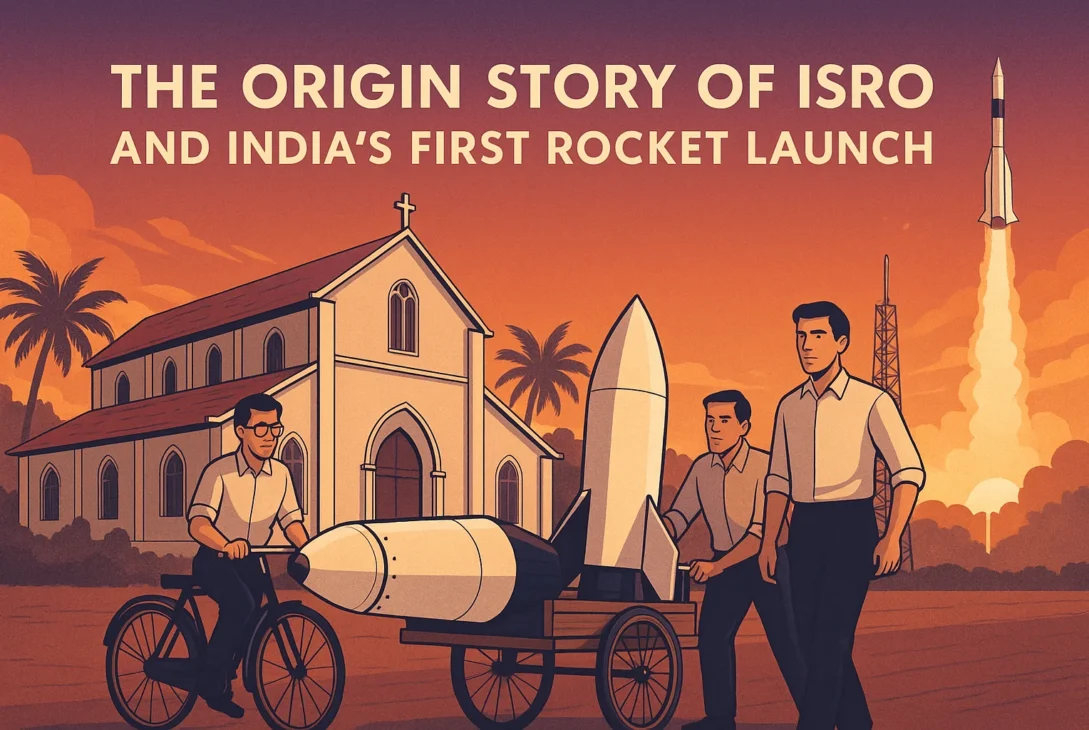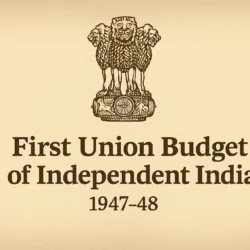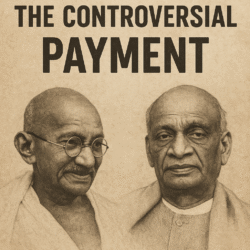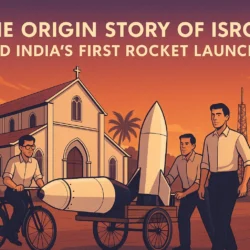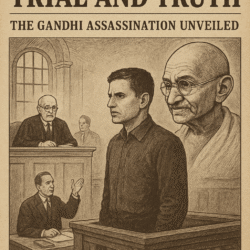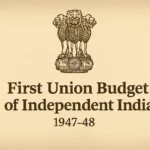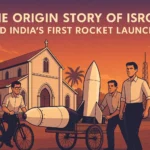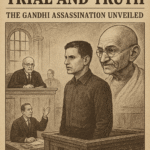The remarkable journey of the Indian Space Research Organisation (ISRO), one of the world’s most acclaimed space agencies today, began in an unlikely place—a church in a quiet coastal village in Kerala. The formation of ISRO and the launch of India’s first rocket is a story of vision, dedication, and national pride.
The Early Pioneers of Indian Space Science
India’s space journey did not begin with ISRO alone. Since the 1920s, Indian scientists such as S.K. Mitra, Meghnad Saha, and C.V. Raman have been conducting pioneering space-related experiments. However, organized space research took shape only after independence, led by two visionaries: Dr. Homi Bhabha, widely known as the father of India’s atomic energy program, and Dr. Vikram Sarabhai, the architect of India’s space mission.
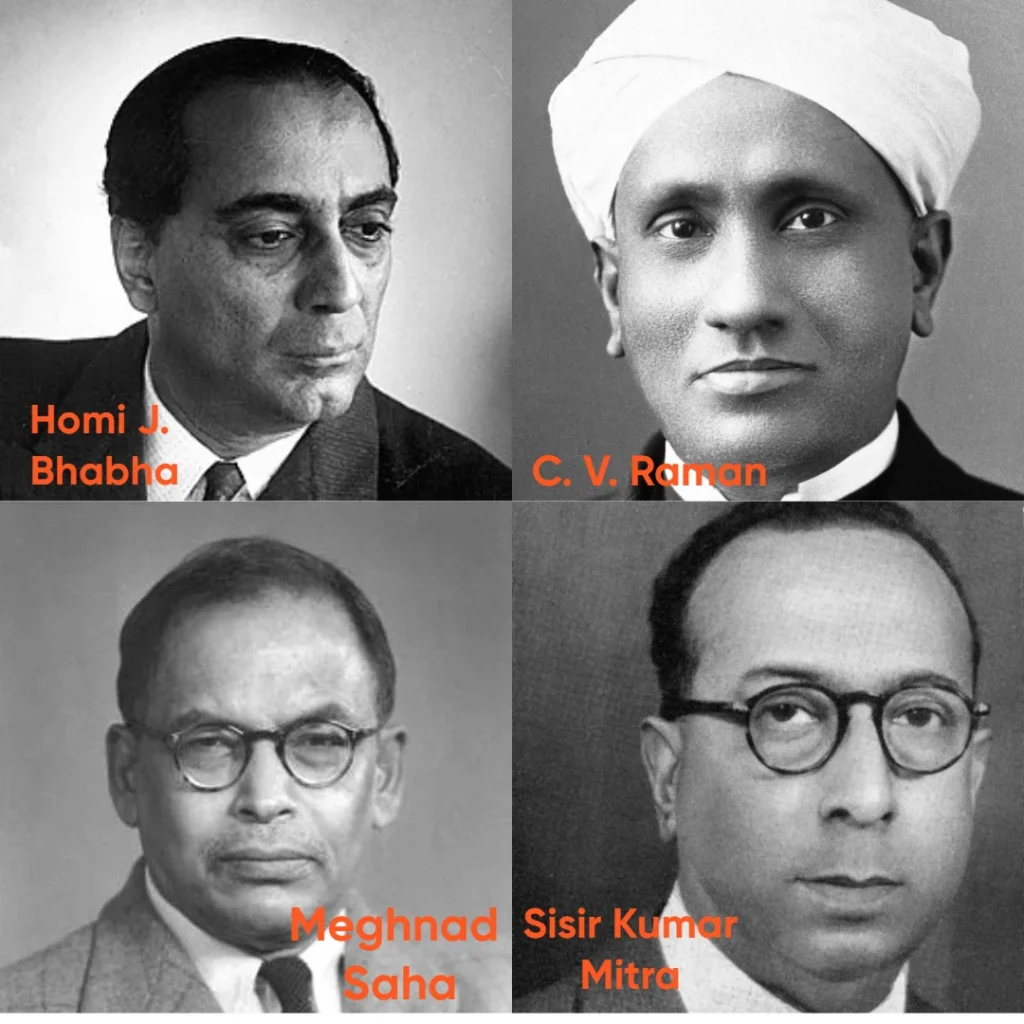
In 1947, Dr. Sarabhai established the Physical Research Laboratory (PRL) in Ahmedabad, Gujarat, laying the foundation for space science in the newly independent nation. Sarabhai believed that space technology could be harnessed for the progress of India and benefit its people. This belief gained further momentum when the Soviet Union successfully launched Sputnik I in 1957. It was a moment that inspired Dr. Sarabhai to dream bigger for India.
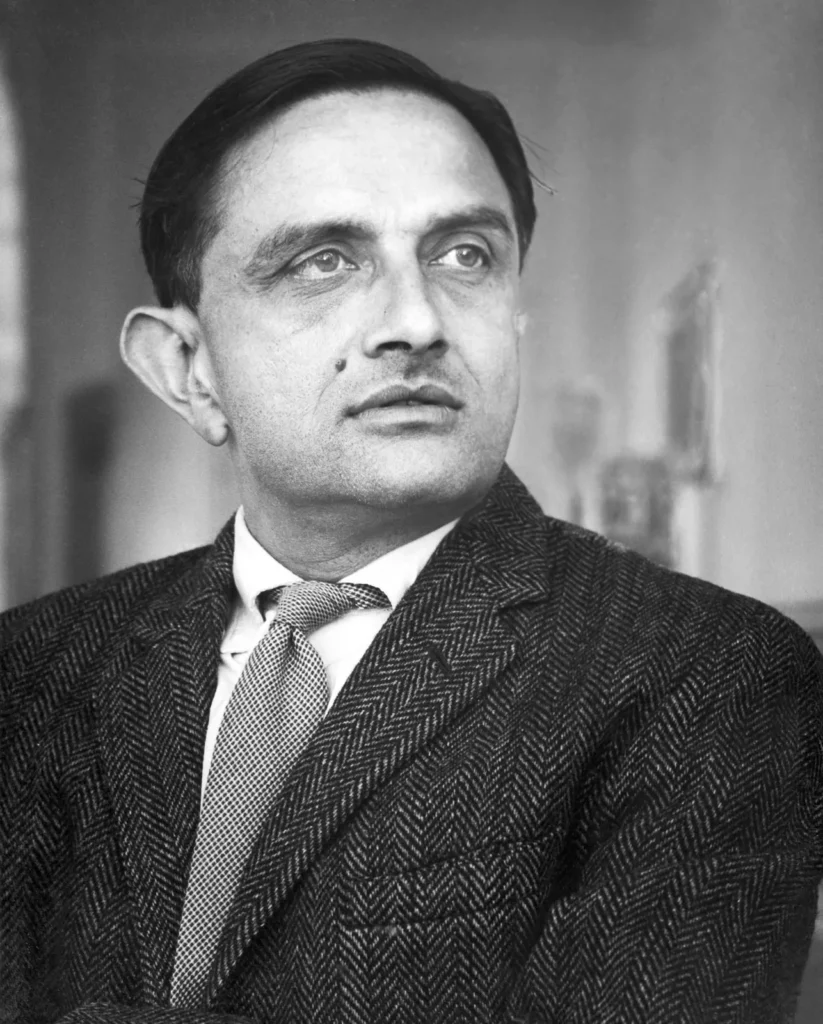
Government Support and the Creation of INCOSPAR
India, a developing country at the time, faced tremendous economic and logistical challenges in initiating a space program. However, Dr. Sarabhai and Dr. Bhabha’s unwavering belief in the potential of space research led them to seek support from the government. They met Prime Minister Jawaharlal Nehru and convinced him to invest in India’s space future.
Their efforts bore fruit in 1962, with the establishment of the Indian National Committee for Space Research (INCOSPAR) under Dr. Sarabhai’s leadership. INCOSPAR’s initial aim was to coordinate and develop space research programs in India. Through Sarabhai’s diplomatic efforts, NASA agreed to lend India a Nike-Apache sounding rocket to kickstart the country’s experimental launches.
The Search for a Launch Site: Discovering Thumba
To launch the Nike-Apache rocket, India needed an appropriate launching station. Dr. Sarabhai and his team scouted various locations across the country. Their search ended in Thumba, a small fishing village near Thiruvananthapuram in Kerala. The decision was strategic and scientific: Thumba lies close to the magnetic equator, and launching from this location meant rockets would receive a natural velocity boost due to the Earth’s rotation.
In Thumba stood the St. Mary Magdalene Church, where scientists noticed that a compass needle failed to point either north or south—proof that it lay on the magnetic equator. Realizing its potential, Dr. Sarabhai approached the local Bishop Peter Bernard Pereira to request the use of the church and its surrounding land.
The bishop invited Dr. Sarabhai and his team to attend Sunday Mass. During the service, he addressed his congregation:
My children, we have a well-known scientist among us. Today, they are asking for our church and village for space science and research. Science and spirituality both work for human prosperity. Science tries to make our life better, while spirituality enriches our mind. Meaning Vikram and I do the same job. So, shall we donate the Lord’s house for scientific experiments?
Moved by his words, the villagers agreed. In under 100 days, the church and village were relocated.
Humble Beginnings: India’s First Rocket Launch
With the villagers’ blessings, the church was repurposed into India’s first space research center. The church building became the rocket design and assembly center, the bishop’s residence turned into the engineering workshop, and even the cowshed was converted into a laboratory. Thus, Thumba Equatorial Rocket Launching Station (TERLS) was born.
When NASA’s Nike-Apache rocket arrived, the world witnessed a sight that symbolized India’s determination and ingenuity rocket parts were transported on bicycles and bullock carts by the scientists themselves.
Just before the launch, the team faced multiple technical issues. The hydraulic crane used for assembly began to leak, and the remote launch system malfunctioned. Working tirelessly, the scientists manually completed the assembly and rectified the errors just in time.
On the evening of 21st November 1963 at 6:25 PM, under the setting sun, India launched its first-ever rocket from Thumba. It was a proud and emotional moment. With that one successful launch, India took its first step into the realm of space exploration.
The Birth of ISRO: A New Chapter
On 15th August 1969, as India celebrated its 22nd Independence Day, INCOSPAR transformed into a more ambitious and structured organization. This marked the birth of the Indian Space Research Organisation (ISRO).
ISRO was no longer just an experimental unit; it became a mission-driven organization committed to harnessing space technology for India’s development. Over the decades, ISRO has achieved phenomenal milestones:
- Chandrayaan missions, including the discovery of water on the Moon.
- The Mangalyaan (Mars Orbiter Mission), which made India the first Asian nation to reach Mars and the first country globally to do so in its maiden attempt.
- Launching hundreds of satellites that support communication, education, agriculture, and weather forecasting.
- Becoming a key player in global satellite launch services through PSLV and GSLV launch vehicles.
Legacy of Vision and Dedication
The story of ISRO’s origins is more than just a scientific journey—it is a tale of conviction, resourcefulness, and collective will. It showcases how a nation, still in its developmental phase, could dream beyond the skies and reach for the stars.
From a church in Thumba to the surface of Mars, India’s space story is a shining example of how great things can be achieved through humility, vision, and persistence. The legacy of Dr. Vikram Sarabhai, Dr. Homi Bhabha, and the many unsung heroes of ISRO continues to inspire generations to come.
